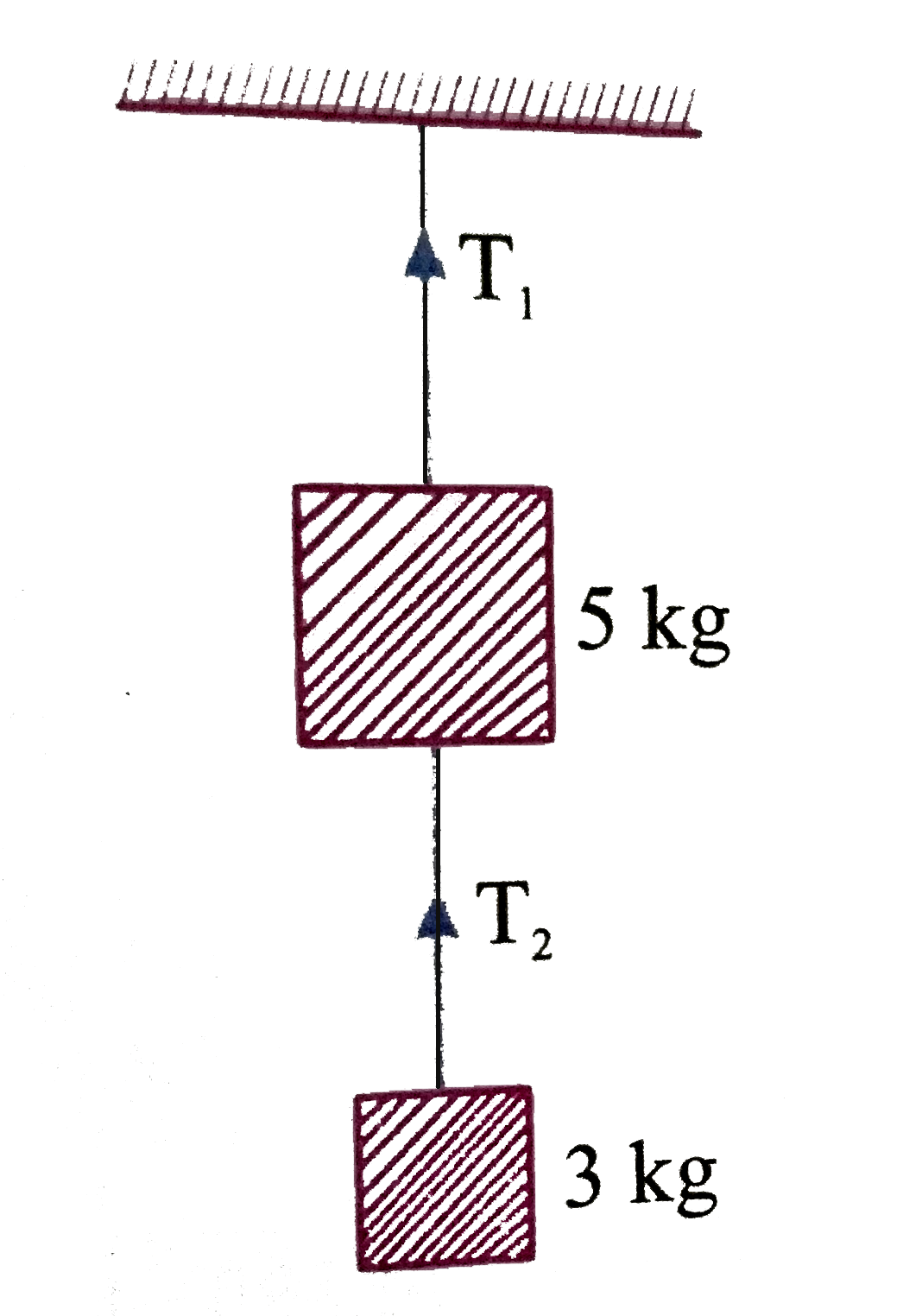Text Solution
Verified by Experts
|
Topper's Solved these Questions
LAWS OF MOTION
NCERT EXEMPLAR|Exercise Long answer Type Questions|9 VideosView PlaylistLAWS OF MOTION
NCERT EXEMPLAR|Exercise Very short answer type Questions|12 VideosView PlaylistKINETIC THEORY
NCERT EXEMPLAR|Exercise Multiple Choice Questions (MCQs)|31 VideosView PlaylistMECHANICAL PROPERTIES OF FLUIDS
NCERT EXEMPLAR|Exercise Long Answer Type Questions|3 VideosView Playlist
Similar Questions
Explore conceptually related problems
Knowledge Check
Similar Questions
Explore conceptually related problems
NCERT EXEMPLAR-LAWS OF MOTION-Short answer type questions
- Two masses of 5kg and 3kg are suspended with help of massless inextens...
02:55
|
Playing Now - Block A of weight 100N rests on a frictionless inclined plane of slope...
02:01
|
Play - A block of mass M is held against a rough vertical wall by pressing it...
01:40
|
Play - a 100kg gun fires a ball of 1kg horizontally from a cliff of height 50...
04:58
|
Play - Figure shows (x,t) (y,t) diagram of a particle moving in 2-dimensions...
01:29
|
Play - A person in an elevator accelerating upwards with an acceleration of ...
03:15
|
Play

